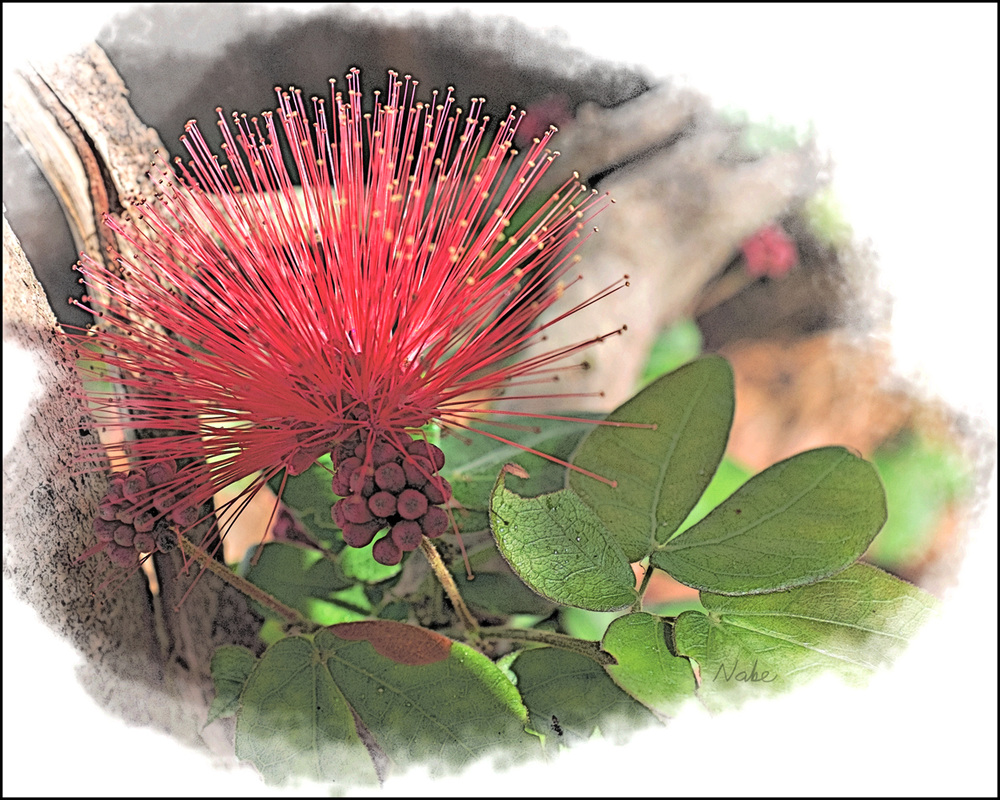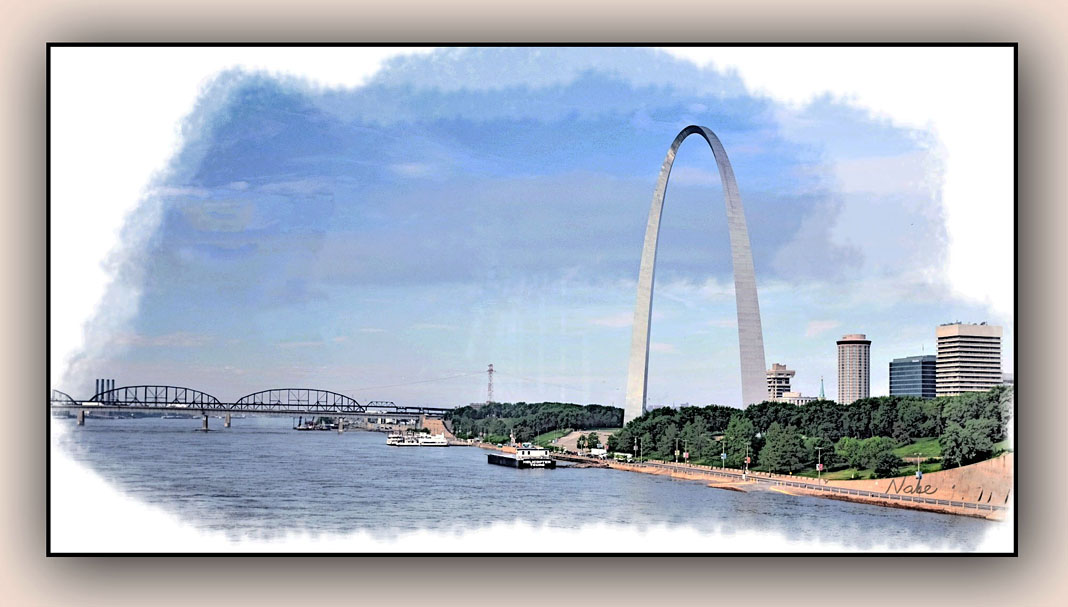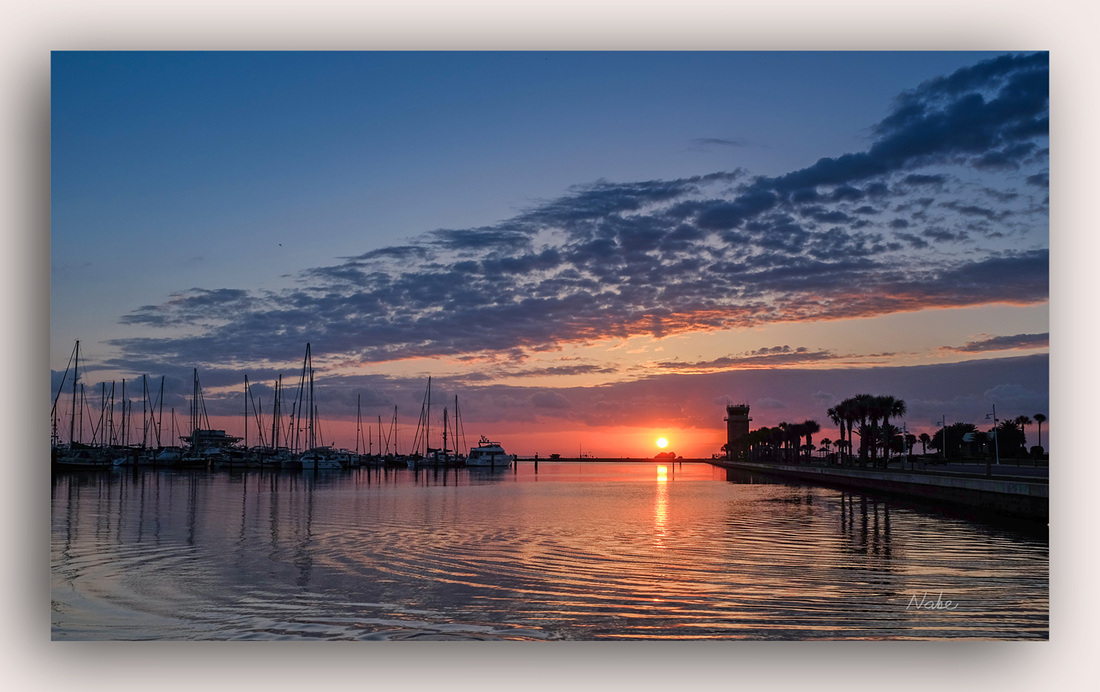Loveseat
May 30th, 20135/30/2013 Douglas Christie quoted the following excerpt from Blake and it is related to really seeing what is before us (being in the present): "If the doors of perception were cleansed, everything would appear to us as it is, infinite. For we have closed ourselves up, 'til we see all through the narrow chinks of our cavern." It is often however very difficult to open those doors of perception; it takes practice, practice, practice . . . Be still, observe everything, desire nothing--as I quoted earlier.
May 27th, 20135/27/2013 Recently I came across what Robert Adams (an American photographer) wrote about landscape pictures. He wrote that these pictures can convey to us three kinds of information: geography, autobiography, and metaphor. "Geography" refers to what I've heard described as a "sense of a place." It helps us to have a sense of what it is like to be in a particular place. "Autobiography" means that when someone paints or photographs a landscape, something about that person comes through. And how can it not? A completely impersonal making of a picture is difficult to imagine; at a minimum, I choose to include that tree but not that building, him instead of her, the mountain but not the river. And I make such choices based on what I see or imagine when I'm making the picture.
"Metaphor" is more difficult to get at. Adams suggested that metaphor conveys the significance of a place (not just its geography). We see more that just the geography. He quoted Robert Henri: successful landscapes "seem to be moments of revelation when we see the transition of one part to another, the unification of the whole. There is a sense of comprehension" (it's not just all a "booming, buzzing confusion"). That word "comprehension" is worth paying attention to: when a landscape picture works, we prehend (get, grasp) the whole of what is being presented: the whole is shown to be more than just a sum of the parts. But Adams added that landscape as metaphor reveals how a landscape fits with one's life experience. It helps us to rediscover and reevaluate where we are--I'd say it helps us to see where we fit in to that whole that the landscape uncovers for us. Landscape pictures, wrote Adams, record a mystery; they record Form. (This discussion by Adams of the metaphoric aspect of a landscape picture seems to me another way of what I try to say in my own writing about what I am attempting to do when I make a photograph.) May 25th, 20135/25/2013 growing up by the river
I wondered what delights and disappointments what landscapes and heartscapes it was coming from and I wondered to what hopes and despairs it was taking us CN May 06th, 20135/6/2013 I was reading lately about sentimentality. The author suggested that one of the characteristics of sentimentality is that it downplays or even ignores the ugly, the evil, the undesirable. I sometimes wonder if my photos don't do this, and thus are guilty of sentimentality. But then, it seems to me that there's no need to display the ugly, the evil, etc.: all you have to do to see that is turn on the tv, go to the movies, read a newspaper. And I'm reminded of what Matisse once wrote: "What I dream of is an art of balance, purity and serenity . . . I want my work to be soothing, so that the exhausted, overworked and stressed spectator finds rest and calm in it." I'm sympathetic to that view, though I suspect it can lead to work that does fall over into sentimentality. And exactly where is the line to be drawn between Matisse's dream and the sentimental?
Categories |




 RSS Feed
RSS Feed